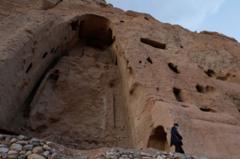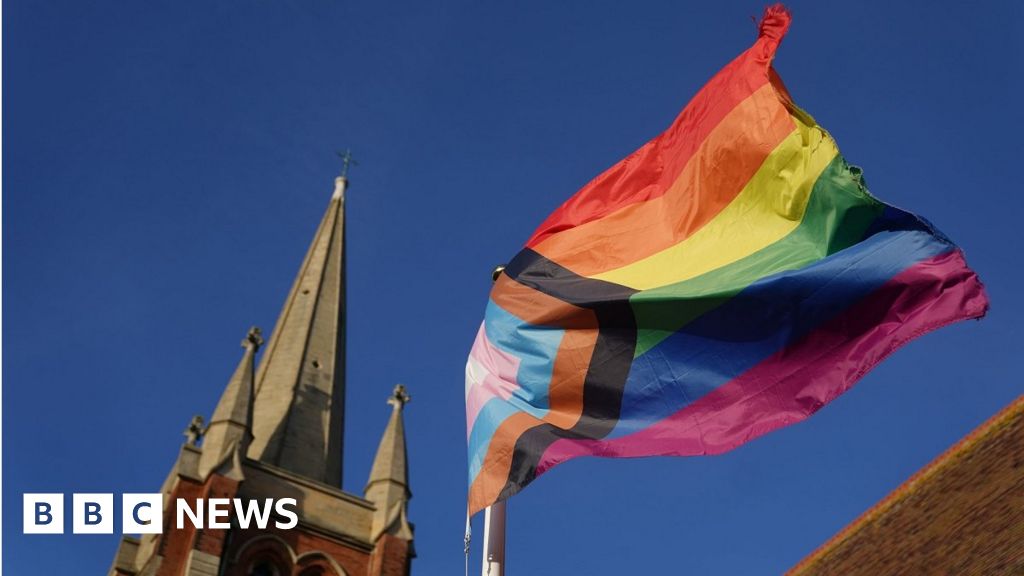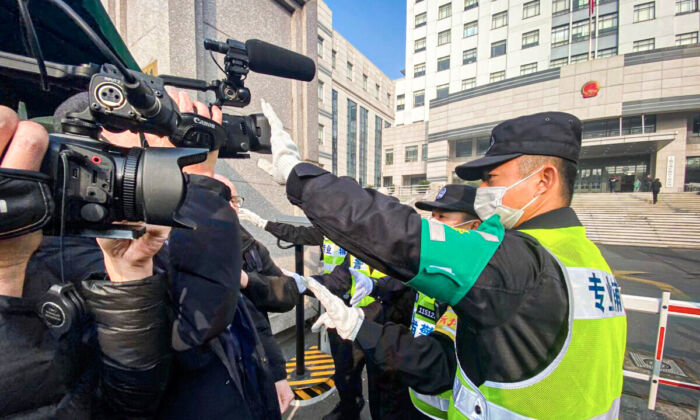 Image source, Getty Images
Image source, Getty Images
The US has announced a ban on the only form of asbestos currently used or imported into the US, decades after most developed nations began phasing out the cancer-causing raw material.
The Environmental Protection Agency (EPA) move comes after it failed to ban asbestos over three decades ago.
The carcinogen has already been banned by more than 50 countries.
It is linked to around 40,000 US deaths every year from lung cancer, mesothelioma and other cancers.
Use of the carcinogen has gradually declined over the years, but it still lingers as a construction material in millions of homes and buildings throughout the US.
Linda Reinstein, an anti-asbestos advocate for the last 20 years after her husband died following repeated exposure to the substance, says she broke down in tears after hearing about Monday's ban.
The US has for many years been "the poster child for not doing the right thing" when it comes to asbestos, she told the BBC.
She noted that the UK passed a ban on asbestos a quarter of a century ago.
And no other country has passed a ban as limited as the one just approved in the US, said Mrs Reinstein.
"We're the only Western industrial nation not to completely ban asbestos," she told the BBC.
"What does that say about us as a country?"
On Monday, EPA Administrator Michael Regan said the ban applied only to chrysotile asbestos, also known as "white asbestos", the only type known to be imported for use in the US.
Industries still using white asbestos will have up to 12 years to phase it out of use.
White asbestos is resistant to fire and is still used by companies in the US to manufacture vehicle brakes, according to the EPA.
Some chemical companies also use it to make chlorine, which is in turn used to purify drinking water.
But one expert told the BBC that several other types of asbestos are not covered by Monday's ban.
Brenda Buck, a professor of medical geology at the University of Nevada, told the BBC that the EPA announcement was a "bit of a baby step" in the effort to rid the US of asbestos.
White asbestos is "in general less hazardous" than five other types, she said.
Dr Buck said her fear now is industries will switch to the other forms of asbestos that have not yet been banned by the EPA rules.
The movement against asbestos picked up steam in the 1980s, as schools across the US began to remove it from buildings amid health fears.
In 1989, the EPA attempted to ban asbestos after finding conclusive evidence of its dangers. But two years later a federal court struck down the prohibition.
The ruling found the EPA had failed to find the "least burdensome alternative" for firms that rely on asbestos, as required under the Toxic Substances Control Act (TSCA).
In 2016, Congress overhauled the TSCA to remove the "least burdensome" language, paving the way for the EPA ban unveiled on Monday.
The US effort to ban asbestos stalled after President Donald Trump came to office in 2017, with his administration overseeing the EPA.
In 2005 testimony to Congress Mr Trump, a real estate developer, had described asbestos as "the greatest fire-proofing material ever made".
In a 1997 book, The Art of the Comeback, he said the movement against the substance was being led by the Mafia, "because it was often mob-related companies that would do the asbestos removal" work.
In 2012, he tweeted that the World Trade Center would not have "burned down" in the 11 September 2001 attacks if its "incredibly powerful fire retardant asbestos" had not been removed.












 English (US) ·
English (US) ·  Turkish (TR) ·
Turkish (TR) ·